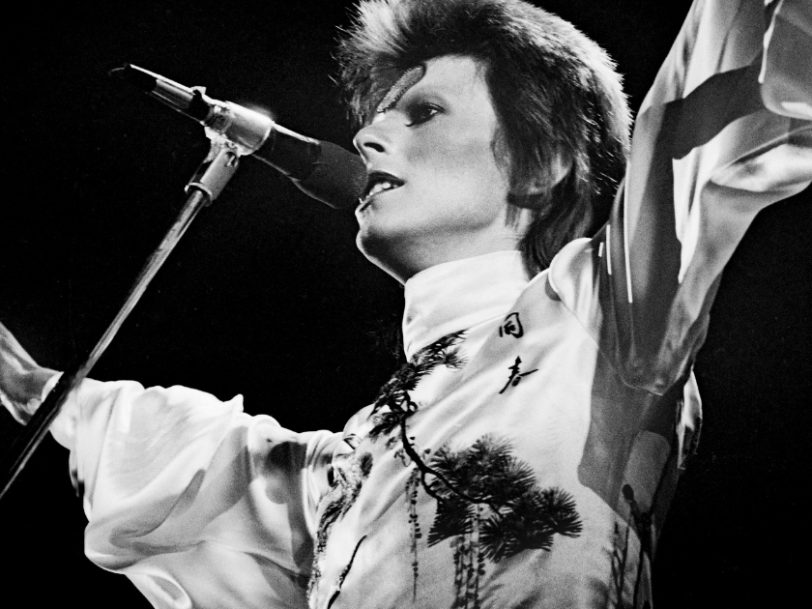The Rise And Fall Of Ziggy Stardust And The Spiders From Mars is often considered to be a concept album, but as David Bowie was working on it, across the end of 1971 and early 1972, he seemed to be going for feel rather than cohesive narrative. Certainly, songs such as Ziggy Stardust and Starman introduced the characters that would populate – and, ultimately, come to engulf – Bowie over the coming 18 months, while Five Years, the album’s opening track, acted as brink-of-the-apocalypse scene-setter. But there was nothing so structured as a plot to hold it all together. However, when Bowie recorded the song Rock’n’Roll Suicide, he found the perfect emotional and thematic curtain-closer for his breakthrough album.
Here’s the story behind Rock’n’Roll Suicide, and how David Bowie created the dramatic full stop to The Rise And Fall Of Ziggy Stardust And The Spiders From Mars.
Listen to the best of David Bowie here.
The recording: “He actually went all out on that track”
Bowie had already assembled a working version of The Rise And Fall Of Ziggy Stardust And The Spiders From Mars in December 1971. Released as a Record Store Day exclusive in 2024, under the title Waiting In The Sky, it contained covers (Round And Round, Chuck Berry; Amsterdam, Jacques Brel) and a pair of originals (a re-recording of the 1971 A-side, Holy Holy; the newly penned Velvet Goldmine) that Bowie would ultimately drop in order to make way for a collection of fresh recordings. Seeking the right single to introduce the project to what he hoped would be his biggest audience yet, he went back into London’s Trident Studios on 4 February 1972, cutting three tracks in a single day: Starman, Suffragette City and Rock’n’Roll Suicide.
The first two songs would be paired for single release in April, with Starman subsequently launching Bowie into overnight fame after an Earth-shaking Top Of The Pops appearance brought him into to unsuspecting households that summer. After such an opening act, Rock’n’Roll Suicide was the obvious finale: deftly arranged, passionately sung, it had all the grandeur of a show tune; all the precision-tooled impact of an anthem that would soon have Bowie’s growing legion fans clambering over each other to comply with his closing cries: “Gimme your hands!”




